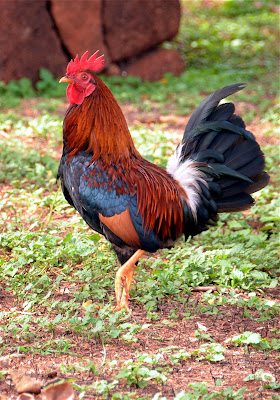“Are all stones alive?” Asked American ethnologist, Irving Hallowell, to his Native American interlocutor, Alec Keeper, when he noticed that in Ojibwe language stones are grammatically animated (treated as alive). The elder thought about it carefully for some time and then responded, “Some are.”
Some stones are indeed special. They might look like any other stones, but they mark special places and represent special events. In upstate New York, for instance, I was aware of several native American cairns. In my Central European homeland I visited Celtic and some older Megalithic monuments and of course everyone knows Stonehenge and perhaps menhirs of Brittany, Cornwall or Ireland.
Biblical tradition also mentions special stones infused with deep meaning and significance. Some stones are truly crucial to what is called “salvation history” - core stories of our faith tradition. This Sunday one such stone will open our mind for the deeper understanding of sanctuary as a place of rest, place of protection and divine assurance. Come this Sunday to rejoice in the divine message conveyed by one special biblical lithic pillow.
Some stones are indeed special. They might look like any other stones, but they mark special places and represent special events. In upstate New York, for instance, I was aware of several native American cairns. In my Central European homeland I visited Celtic and some older Megalithic monuments and of course everyone knows Stonehenge and perhaps menhirs of Brittany, Cornwall or Ireland.
Biblical tradition also mentions special stones infused with deep meaning and significance. Some stones are truly crucial to what is called “salvation history” - core stories of our faith tradition. This Sunday one such stone will open our mind for the deeper understanding of sanctuary as a place of rest, place of protection and divine assurance. Come this Sunday to rejoice in the divine message conveyed by one special biblical lithic pillow.
(Correction: in the first paragraph I originally named the Ojibwe elder as William Berens, who was one of the main Hallowell's sources, but Alec Keeper was the one who made the famous comment about rocks.)
 |
| Navigation Heiau (Maka o Hule) on Kohala coast of Hawai'i. |

